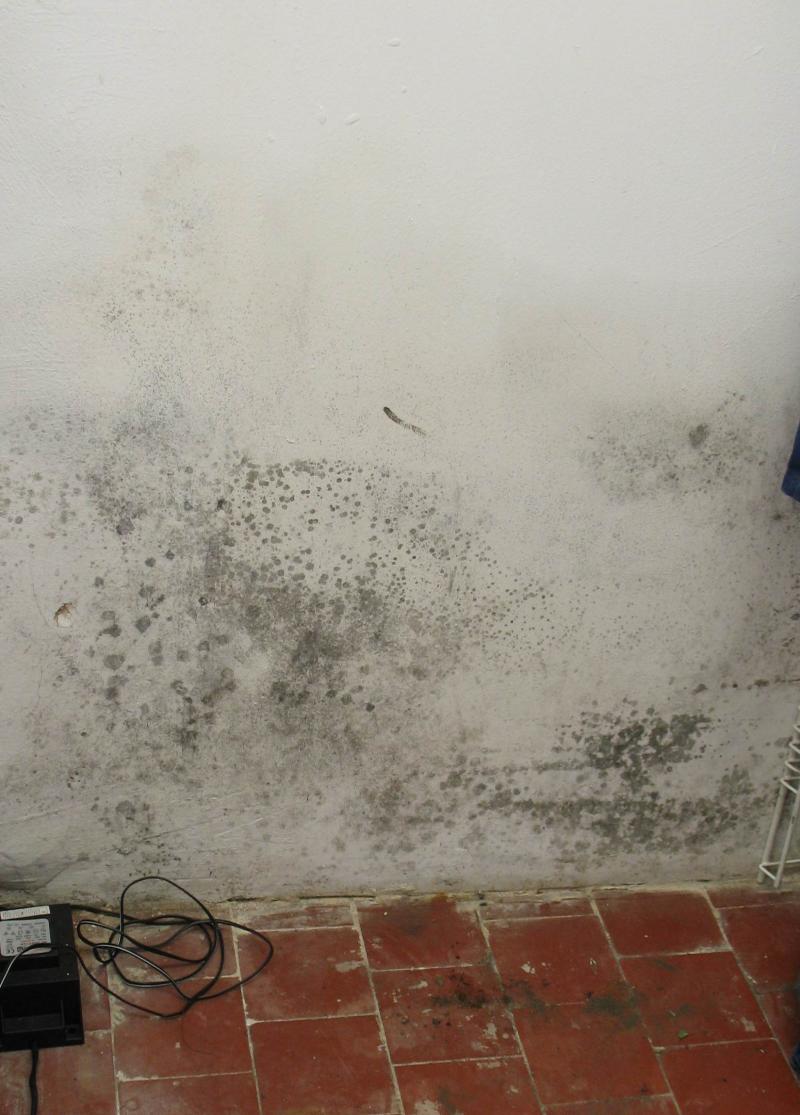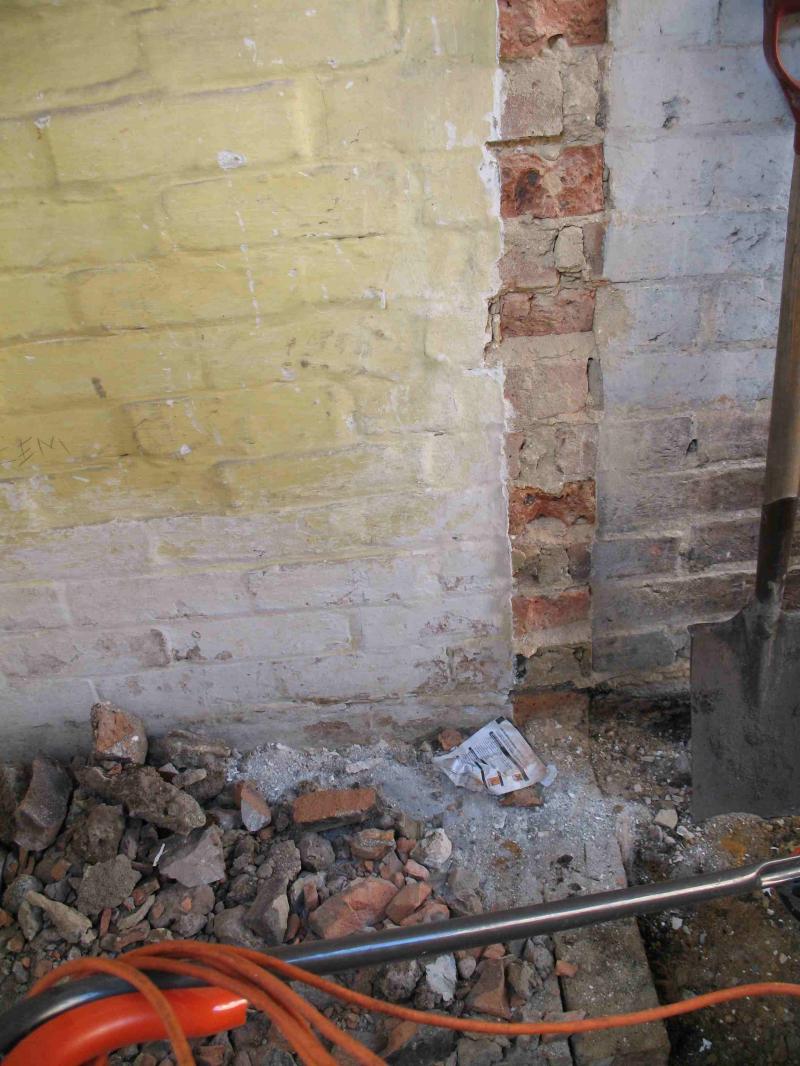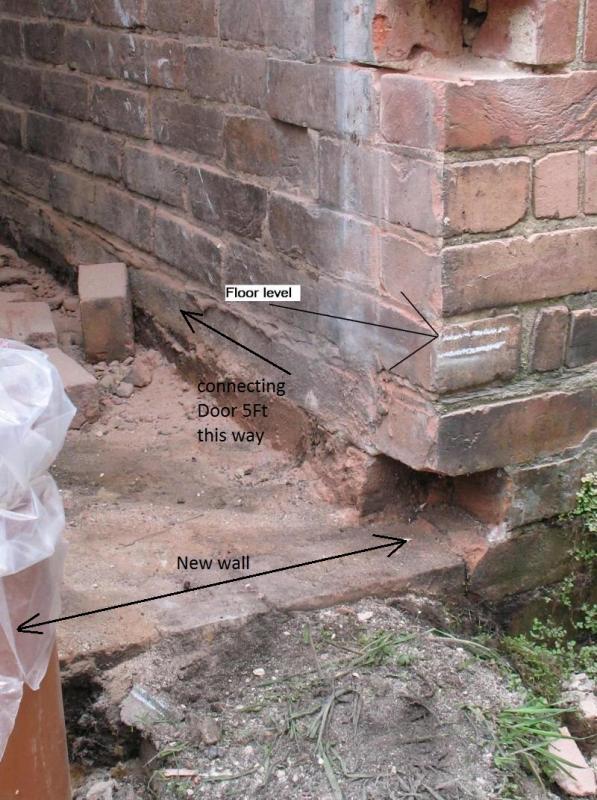Hi,
I have a room where all of the walls that have been dot and dab plaster boarded, are damp at the bottom. The other side of one wall is dry to the touch.
If you look at the photos, by the spade at the bottom, shows a damp brick below the damp coarse.
Any ideas?
Camerart.
I have a room where all of the walls that have been dot and dab plaster boarded, are damp at the bottom. The other side of one wall is dry to the touch.
If you look at the photos, by the spade at the bottom, shows a damp brick below the damp coarse.
Any ideas?
Camerart.








